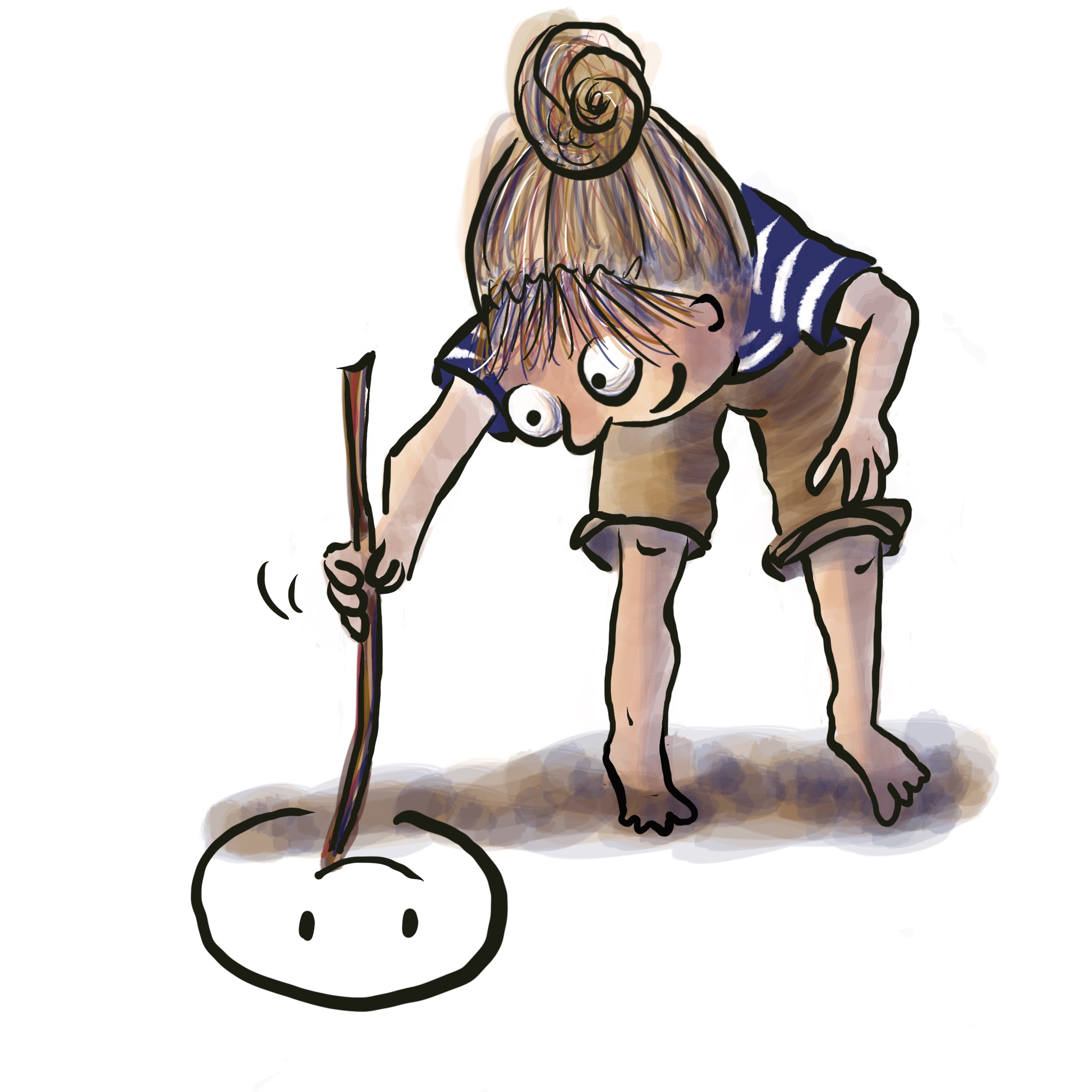Visual vocabulary for cartooning?
You might not have heard the term visual vocabulary, but do you remember your school days, learning French? Maybe you learned Spanish or Mandarin or Xhosa… regardless of the language, there were words involved and I bet you were assigned vocabulary to learn each day.
Have you ever thought about cartooning as a visual vocabulary?
Come to think of it, it’s not much different from learning to write in primary school. With writing you create marks in certain shapes and you join them to other marks in particular ways. You use a reference version of the ABC’s and memorise how each letter should look; then you practise, practise, practise.
So, if cartooning is basically learning to write using a different, super-simple alphabet ?where do we start?
The best use of this visual vocab approach?
Expressions are something that lots of us get our knickers in a knot about. Conveying emotion is something that you don’t master in a week or two… it’s an ongoing process, so expressions are a great place to start building a vocabulary.
You can adding a few expressions a day, consolidate them the next day and then add a few more. Deep practice, in other words.
Another reason that it’s a good place to start because expressions are simple. You can compare your efforts to the original and audit how accurate they are. And you can measure your improvements by keeping track of what you remember (I know 4 kinds of smiles! I can draw all the faces from neutral to furious!).
Having more expressions at the tips of your memory tentacles will inspire more varied cartooning efforts, too.
Here’s how to get started
Use a reference
My Pinterest board here has LOADS of faces to choose from — this one is a winner and you can use it immediately.
If you have any comic books (Calvin & Hobbes, anyone?) or cartooning books, start there. I happen to love ??this page ??from The Cartoonist’s Workbook by Robin Hall.

Practise repetitions
4-5 faces a day is good. In fact, four faces a week, deeply ingrained in your memory, would be even better. And if you want to make it really easy on yourself, choose a sequence of expressions e.g. from relaxed, to happy, to broad-grin to side-splitting laughter. Sequencing is another way to help your brain remember.
Revisit yesterday’s or last week’s expressions before you move on… make sure you can draw them from memory.
You want to draw better faces
Now’s your chance.
- The approach is simple.
- You can see how to self-correct if you go wrong.
- And you can start right now.

